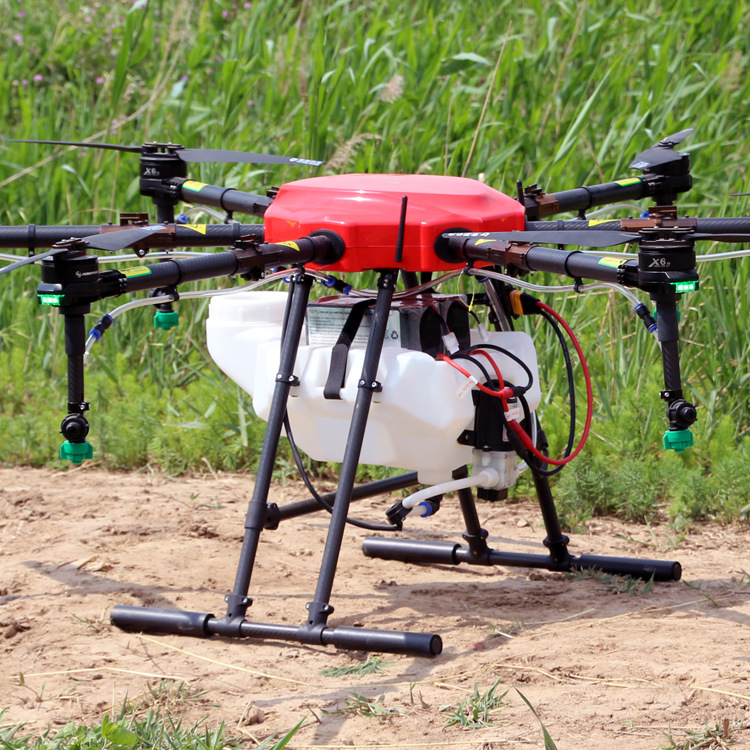
The United Kingdom’s agricultural sector stands as a testament to centuries of farming tradition, combined with increasing adoption of modern technology. From the rolling wheat fields of East Anglia to the dairy farms of Somerset and the potato-growing regions of Scotland, British agriculture is at a pivotal moment. Farmers face mounting challenges: labor shortages, the need to maximize productivity on limited arable land, environmental regulations, and the impacts of climate change. In response, Chinese agricultural drones are emerging as a transformative solution, offering UK farmers a powerful tool to enhance efficiency, reduce costs, and meet the demands of sustainable farming.
UK Agriculture: Challenges and Opportunities
British agriculture is characterized by its diversity, with farming practices varying significantly across regions. Key challenges include:
-
Labor Shortages: The agricultural workforce has been declining, particularly for seasonal tasks such as planting, monitoring, and spraying. Post-Brexit immigration policies have further tightened the labor supply.
-
Environmental Pressures: The UK government has set ambitious targets to reduce pesticide use, improve soil health, and achieve net-zero emissions by 2050. Farmers must adopt eco-friendly practices while maintaining productivity.
-
Climate Variability: Unpredictable weather patterns, including heavy rainfall and prolonged dry spells, require precise and timely crop management.
-
High Input Costs: Fertilizers, pesticides, and fuel have become more expensive, pushing farmers to seek more efficient application methods.
To address these challenges, British farmers are increasingly turning to technology—and Chinese agricultural drones are at the forefront of this transformation.
Why Chinese Drones? Precision, Adaptability, and Value for UK Farms
Chinese agricultural UAVs have rapidly gained recognition for their advanced features, affordability, and adaptability to diverse farming systems. For UK farmers, these drones offer:
1. Precision Agriculture for High-Value Crops
British farmers grow a wide range of high-value crops, from cereals and oilseeds to fruits and vegetables. Chinese drones provide:
-
Centimeter-Level Accuracy: GPS and RTK-guided drones ensure precise application of inputs, crucial for crops like wheat, barley, and potatoes.
-
Variable Rate Technology (VRT): Drones can adjust spraying and seeding rates in real time based on soil and crop data, optimizing resource use.
-
Multispectral & Thermal Imaging: Advanced sensors monitor plant health, detect diseases early, and assess irrigation needs—vital for both arable and horticultural farming.
2. Labor Efficiency in a Tight Market
With a shrinking agricultural workforce, UK farmers need faster, automated solutions:
-
24/7 Operation: Drones can work around the clock, reducing delays in critical tasks like pest control and harvesting support.
-
Rapid Coverage: A single drone can cover 10–15 hectares per hour, drastically reducing the time needed for spraying compared to traditional methods.
-
Reduced Manual Labor: Automating repetitive tasks frees up skilled workers for higher-value activities.
3. Cost-Effectiveness for UK Farmers
British farmers are under pressure to reduce input costs while maintaining yields. Drones help by:
-
Precision Input Application: Minimizing fertilizer, pesticide, and water waste, lowering operational expenses.
-
Lower Maintenance & Downtime: Durable, electric-powered drones require less upkeep than heavy machinery.
-
Scalable for Any Farm Size: From small family-run farms to large arable operations, drones adapt to diverse UK farming needs.
4. Sustainability Aligned with UK & EU Goals
The UK government has committed to sustainable farming practices, and drones support this vision:
-
Reduced Chemical Runoff: Targeted spraying prevents excess pesticides from entering waterways, protecting the UK’s rivers and coastal waters.
-
Zero Emissions: Electric drones produce no direct CO₂ emissions, aligning with the UK’s net-zero targets.
-
Water Conservation: Efficient application methods help UK farmers manage water resources during dry spells.
From China to the UK: Seamless Integration & Support
Importing Chinese agricultural drones into the UK involves compliance with EU and UK regulations (CE marking, RED directives) and agricultural standards. Forward-thinking suppliers ensure:
-
Localized Training: UK-based training programs for farmers and technicians on drone operation, data analysis, and maintenance.
-
After-Sales Service: Reliable support networks in key agricultural regions (e.g., East Anglia, Yorkshire, and Scotland).
-
Customized Solutions: Drones tailored for UK specialties—arable farming, horticulture, and dairy farm management.
Success Stories: UK Farmers Embrace Drone Technology
Early adopters report significant benefits:
-
A wheat farmer in Lincolnshire reduced pesticide use by 25% while improving crop yields with targeted spraying.
-
A potato grower in Scotland cut fungicide application time by 50%, saving labor and protecting harvests.
-
A horticulture business in Kent used drones for real-time crop monitoring, detecting issues before they impacted production.
The Future of British Agriculture: A Partnership with Chinese Drone Innovation
The integration of Chinese agricultural drones into the UK’s farming sector represents a synergy between:
✅ British Farming Expertise & Sustainability Goals
✅ Chinese Drone Engineering & Affordability
✅ Shared Commitment to Innovation
As UK farmers continue to push the boundaries of efficiency, Chinese drones provide a smart, scalable, and eco-friendly solution—helping them grow more with less.
The future of British farming is taking flight—literally. 🚁🌾
THE END

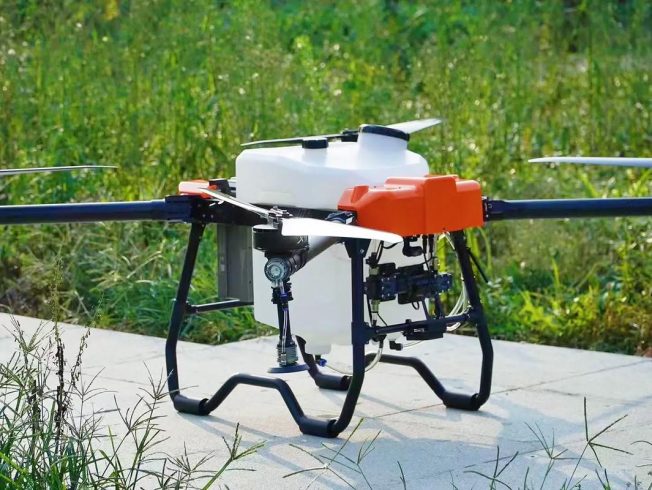
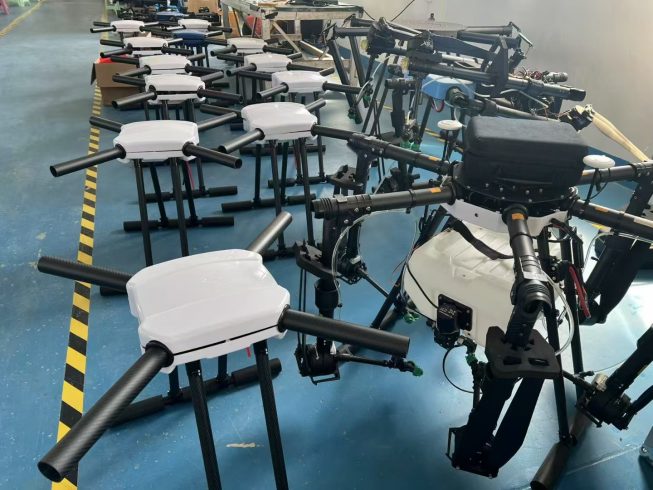
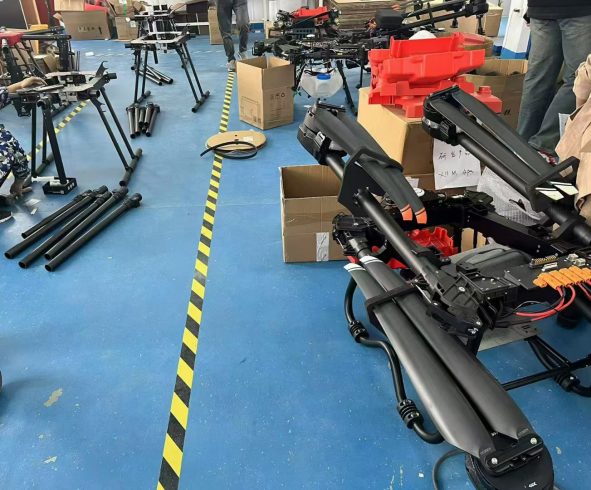
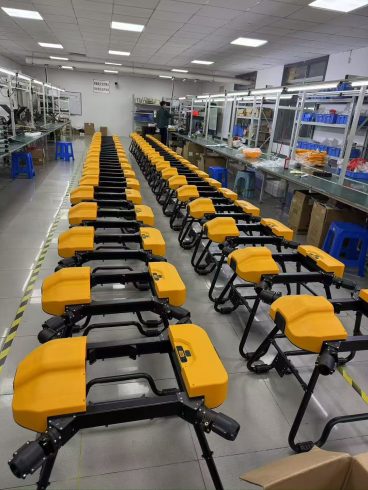



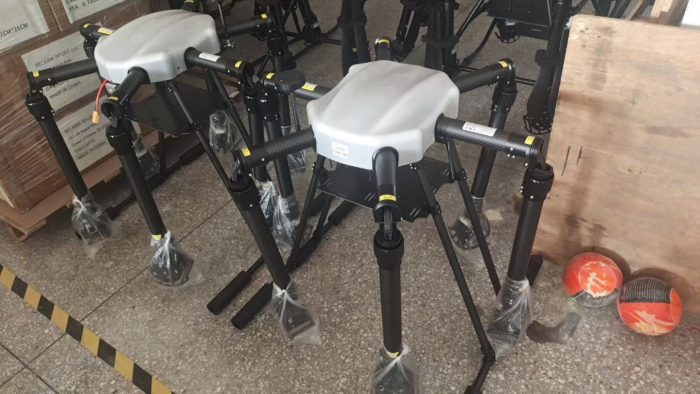
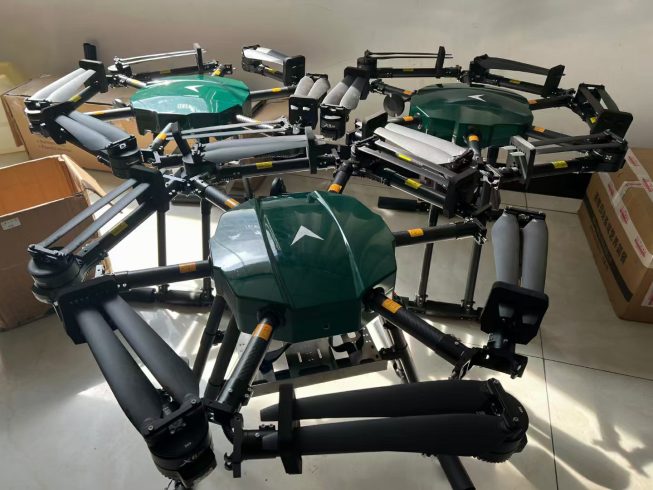
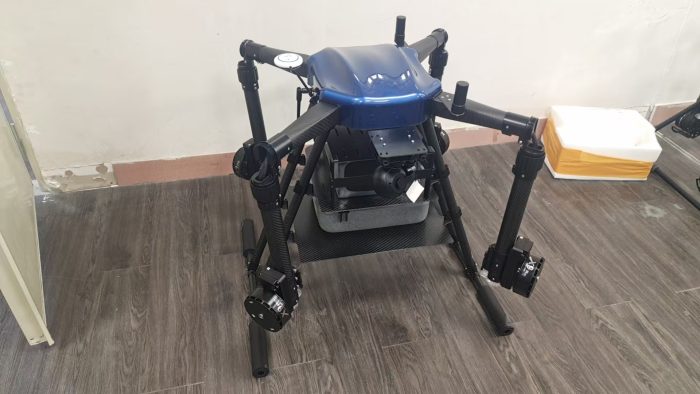

暂无评论内容